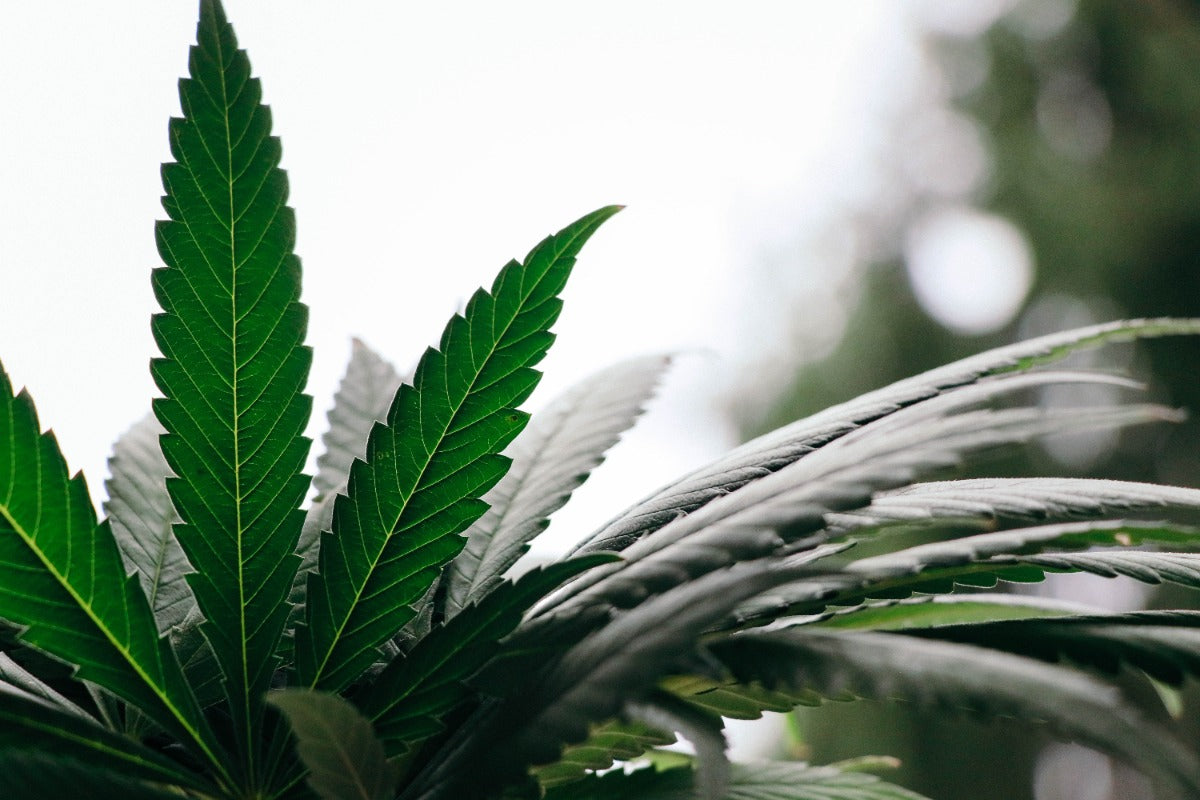What Are Terpenes and What Do They Do?
There’s a reason that they describe walking through the forest as a “breath of fresh air.” The fragrances of pine trees, ferns, moss, and flowers harmoniously come together to instill a sense of calm restoration. But where do these smells come from? As it turns out, many of the plant-related scents come from naturally-occurring chemicals called terpenes.
If you’ve used cannabis before, either as a hemp extract or marijuana, you’ve had a close encounter with terpenes. In fact, terpenes play a key role in the varying effects that cannabis can have on the body.
What are Terpenes?
Terpenes are simple organic compounds made up of carbon, hydrogen, and sometimes oxygen in different arrangements. Terpenoids represent a more complicated chemical version of terpenes often containing oxygen. This diverse class of compounds creates many of the familiar scents and flavors in our favorite botanicals.
Plants, insects, fungi, and even some marine organisms produce terpenes. Scientists theorize one of their primary functions might be a form of communication between plants and insects in order to repel pests, send alerts, and work together. In fact, the development of terpenes in cannabis began for adaptive purposes: to repel predators and lure pollinators.
For example, some insects use terpenes to ward off other predatory insects. Termites in the Nasutiterminae family release terpenes from a specialized gland called a “fontanellar gun.” The termite shoots a sticky, sap-like substance made up of the terpenes pinene, myrcene and limonene to immobilize the attacking insect and, in some cases, to kill it.
Plants also emit specific terpenes when under environmental or predatory stresses. When damaged, the plant can chemically repel a pest or attract predators to consume the pest, rescuing the plant.
On a side note, did you know hemp is a naturally pest-repellent plant? Science tells us it's those terpenes at work!
Discovery of Terpenes
Humans first harnessed the power of terpenes during the 10th century through aromatherapy and the use of incense, perfume, resins, and oils. Early civilizations used essential oils - the concentrated liquid containing the chemical essence and terpenes of a plant - to create a variety of aromatic and medicinal goods as well as spices and flavorings for food.
There are at least ten different types of terpenes: monoterpenes, diterpenes, and sesquiterpenes are the most plentiful in the essential oils of plants. Fun fact - the word “terpene” was originally derived from “turpentine,” a resinous, aromatic, and oily fluid extracted from pines.
Monoterpenes are generally the most volatile of the terpenes, which gives them their distinct fragrances. Some of the most common monoterpenes include myrcene, geraniol, limonene, and linalool which are all present in many cannabis strains.
Terpenes, Hemp, and Cannabis
Over 100 different terpenes have been identified in the cannabis plant, yet the types and concentrations of terpenes are different in each strain. The unique combination of terpenes in each cannabis cultivar is known as its terpene profile.
Certain cannabis strains like Banana Kush and Grape Ape are recognized for their strong fruity scents. Likewise, you may recognize other familiar scents while smelling and tasting hemp products. This is because some of the most abundant terpenes in cannabis, such as myrcene, limonene, and linalool, are also highly concentrated in other common plants. For example, myrcene is partly responsible for the smell and taste of hops in cannabis. Limonene, on the other hand, is derived from citrus fruits and produces a light, lemon-like scent and flavor
Curious which terpenes are in your Bluebird CBD oil? Pull up the batch report for your product to review the terpene profile and see which terpenes are most prevalent in your extract. You might even be able to distinguish some just by the scent and flavor!
Related Article: How to Read CBD Lab Tests & Labels
How to Extract Terpenes
Terpenes can be extracted with much of the same methods as CBD and the other cannabinoids. There are, in fact, three main extraction processes used: ethanol, CO2, and steam-distillation.
With CO2 extraction, the plant matter is added to a pressure chamber and filled with CO2. The CO2 pressure permeates the hemp plant and breaks down the inert plant material, leaving behind the cannabinoid-dense oil. The oil is then collected and the CO2 evaporates out of the chamber.
Another common extraction method is using an ethanol solvent to break down inert plant matter. Once the leftover material is filtered out, the remaining solution is then gently heated and rotated to evaporate off the ethanol solvent.
Finally, perhaps the most effective extraction method for terpenes specifically is steam distillation. In this process, the plant is placed into a glass flask connected via tubes to another flask containing water. The water is heated to produce steam, which travels through the tube and separates vapors from the hemp plant, which include the lightweight terpenes. These vapors are then collected and further refined through heating and distillation.
Related Article: Bluebird Botanicals’ Extraction Methods
What are the Benefits of Terpenes?
Shop CBD Oil With Terpenes
While Uplift and Downshift feature these special isolated terpenes, you can meet terpenes face-to-face in all of our full-spectrum blends. Full-spectrum extracts utilize all components of the cannabis plant - including the 110+ cannabinoids and range of terpenes - to help support the "entourage effect."
Now that’s what we call holistic health and wellness!











